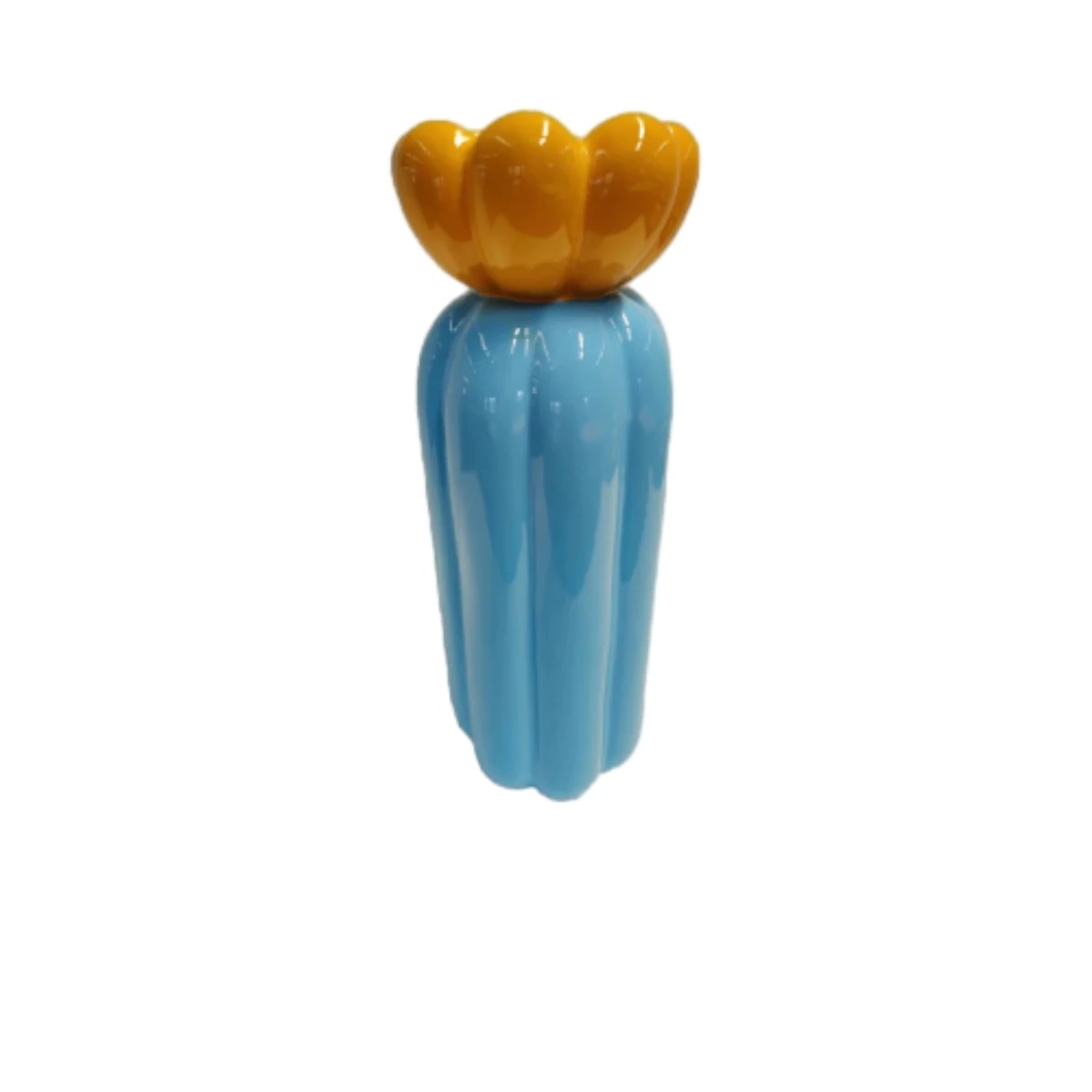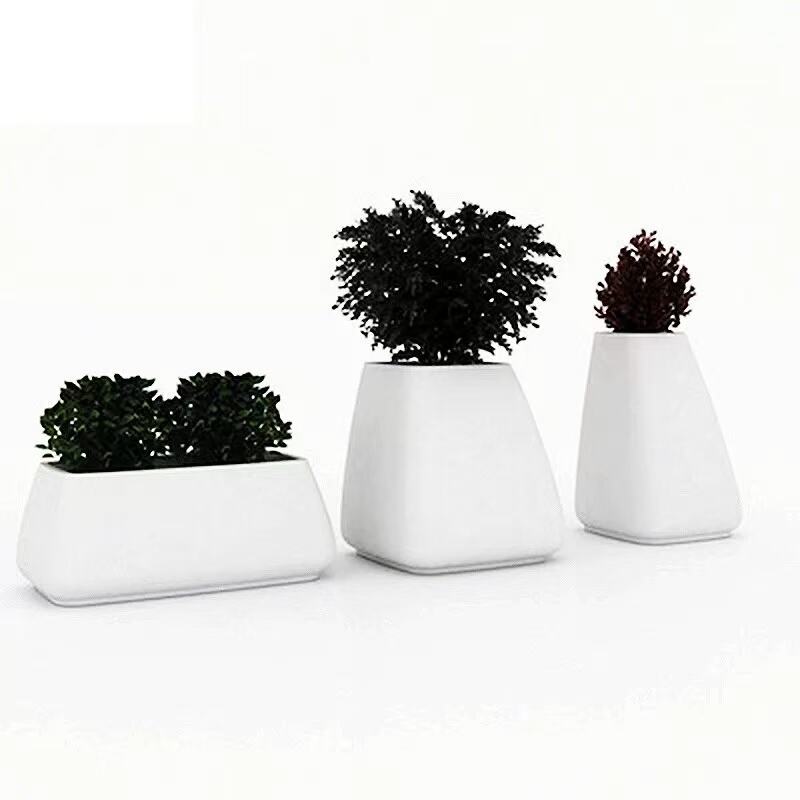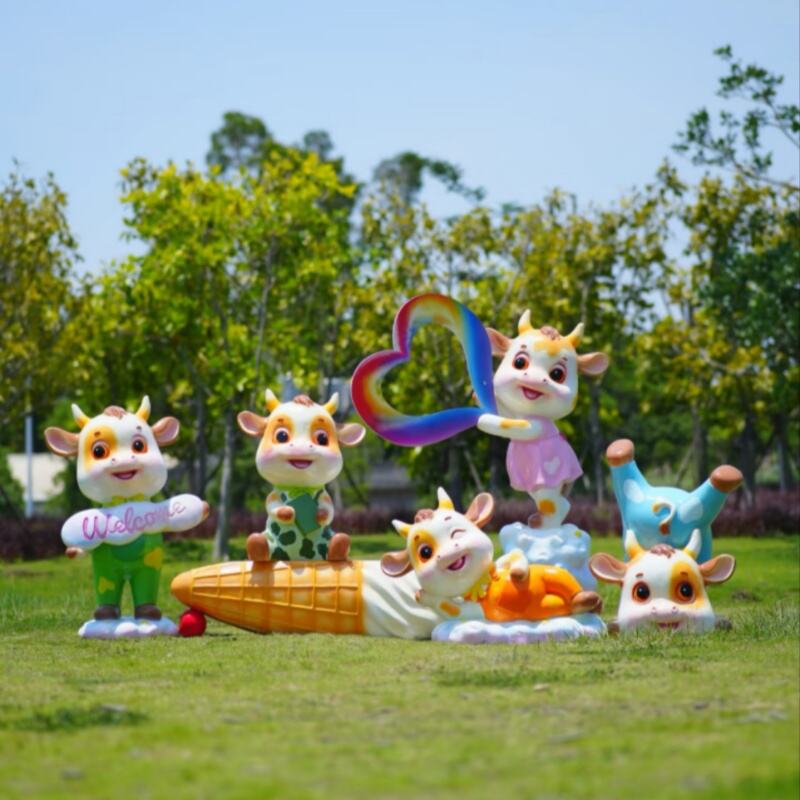sculpture de jardin paysager
Un jardin de sculptures paysagères représente un mélange harmonieux de beauté naturelle et d'expression artistique, servant de galerie extérieure immersive où l'art rencontre la nature. Ces espaces innovants intègrent des sculptures soigneusement sélectionnées, stratégiquement placées au sein de paysages méticuleusement conçus, créant un environnement dynamique qui évolue avec les changements saisonniers. Les jardins de sculptures paysagères modernes incluent souvent des systèmes d'éclairage intelligent qui s'ajustent automatiquement en fonction des conditions de lumière naturelle, renforçant l'impact visuel des sculptures tout au long de la journée. Des éléments interactifs, y compris des affichages sensibles au mouvement et une intégration de la réalité augmentée, permettent aux visiteurs d'interagir avec les œuvres de manière inédite. Ces jardins emploient généralement des systèmes d'irrigation durables et des pratiques d'entretien écologiques, assurant la préservation à la fois des œuvres d'art et de la végétation environnante. Ils fonctionnent comme des espaces éducatifs, des attractions culturelles et des lieux de retraite paisibles, offrant des visites guidées, des ateliers et des événements spéciaux. Des systèmes de drainage avancés et des matériaux résistants aux intempéries garantissent une accessibilité toute l'année et la longévité des œuvres. De nombreux jardins de sculptures paysagères contemporains intègrent également des technologies de cartographie numérique, permettant aux visiteurs de naviguer efficacement dans l'espace et d'en apprendre davantage sur chaque installation via des applications mobiles.












